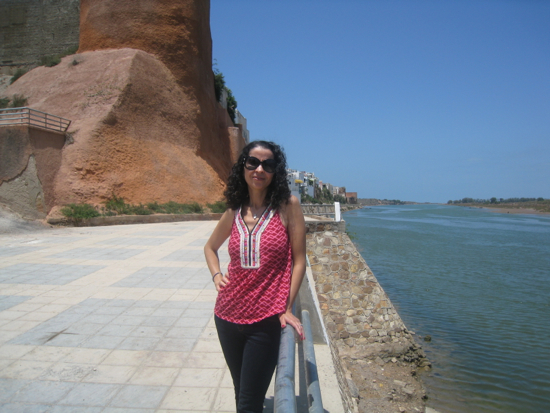In Azemmur

My new novel, The Moor’s Account, comes out in five weeks. It tells the story of America’s first African explorer, a Moroccan slave known as Estebanico. He was part of the Narváez expedition of 1528, which landed in Florida with the goal of claiming it for the Spanish Crown. From the start, however, the expedition faced disaster. The rations were small, the men came down with typhoid, and the indigenous tribes resisted the soldiers’ advance. Within a year, there were only four survivors: the expedition’s treasurer, Cabeza de Vaca; a captain by the name of Alonso del Castillo; a nobleman named Andrés Dorantes, and his Moroccan slave, Estebanico. Together, the survivors journeyed across America, living with native tribes and reinventing themselves as faith healers. Years later, when they were found, the Spaniards were asked to provide their testimony about this epic journey. But because he was a slave, Estebanico’s experience was considered irrelevant or unreliable or unworthy.
And yet his experience was unique. Although he took part in a conquering expedition, he was not a conqueror. He witnessed the Spaniards’ subjugation of indigenous tribes, while his own status was somewhere in between. The complexity of Estebanico’s position drew me in, as did the fact that his testimony was not part of the historical record. The silencing of his perspective felt modern to me. (Open up the newspaper and look at the bylines. Whose views do you read? Whose voices do you never hear?) I was so immediately and so powerfully drawn to Estebanico’s story that I decided to write a novel about him. I gave myself the freedom to speak in his voice, to describe his birth in Azemmur, his family life, his relationships with others, his many failings, and ultimately his redemption.
Last month, I had the chance to return to Azemmur. In the picture above, I’m standing where, I imagine, he once stood. To my right are the Portuguese ramparts, which date back to 1513; the Oum er-Rbi’ river is to my left.